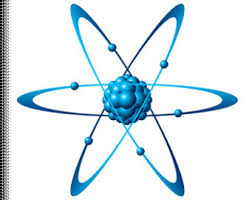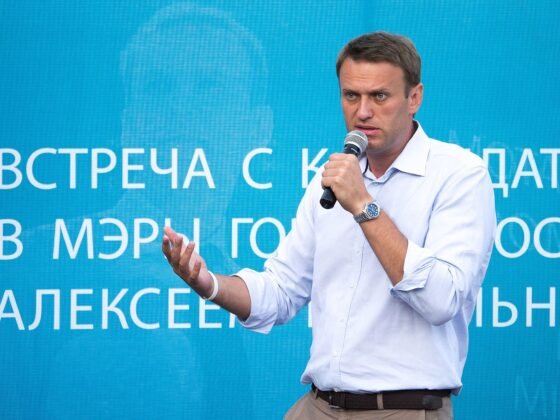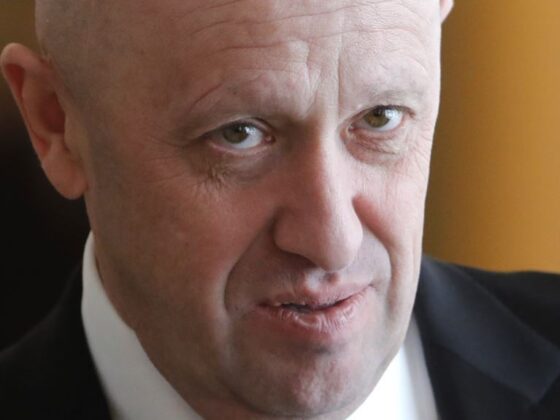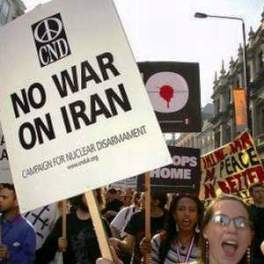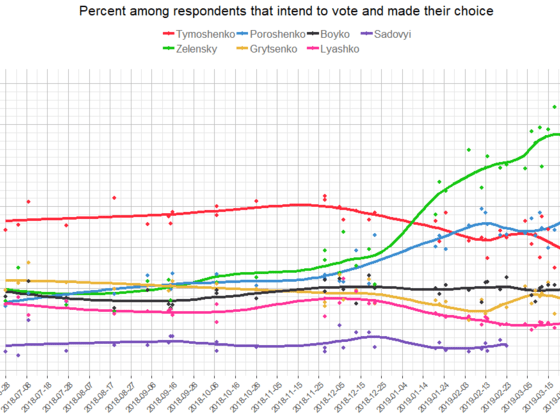(Bulletin of the Atomic Scientists) The call for nuclear disarmament that President Barack Obama made in his Berlin speech on June 19 was somewhat underwhelming. His proposed reductions—of up to a third from the 1,550 deployed strategic warheads allowed under the New Strategic Arms Reduction Treaty (New START)—were the least ambitious of the several options that the administration discussed last year. More importantly, Obama suggested that the reductions should come through “negotiated cuts” with Russia, rather than through unilateral US action.
The president did leave some room for unilateral reductions in his address, saying that the United States could continue to maintain effective deterrence “while reducing [its] deployed strategic nuclear weapons by up to one third,” but the fact sheet on nuclear weapons employment strategy released by the White House the same day used slightly different language, saying that the United States could maintain deterrence “while safely pursuing up to a one-third reduction in deployed strategic nuclear weapons.” The caveat of the words “safely pursuing” suggests that the reductions are conditioned on whether Russia joins the pursuit. Indeed, the discussion in Washington quickly focused on whether the president would have to conclude a new treaty with Russia and submit it to Congress, or whether the two countries could just reach an agreement to reduce their arsenals without the need to go through legislative approval. Either way, getting an agreement with Russia seems to be an essential part of the Obama administration’s call for new nuclear cuts. […]
See the full article © Bulletin of the Atomic Scientists

